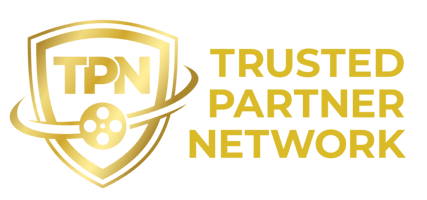At Reemo, we don’t see security as an option. In an industry where the slightest data breach can...
Mastering total cost of ownership in IT: Understanding the visible and hidden components of your technology investments
Why Purchase Price Is No Longer Enough
In an era of constant budget optimization, technology investment decisions are still too often based solely on the initial acquisition cost. Yet this cost represents only a fraction — sometimes a very small one — of the real financial impact.
The Total Cost of Ownership (TCO) provides a broader view. It evaluates all costs associated with an IT asset over its full lifecycle: acquisition, operations, support, and end-of-life. This framework highlights operational expenses, hidden costs, and invisible risks — everything the purchase price fails to show.
.png?width=289&height=434&name=Iceberg%20Cout%20Total%20Possession%20(1).png)
A More Realistic Perspective on IT Investments
First introduced in the IT world in the 1980s, the TCO framework is now a strategic tool for managing hybrid, distributed, and multi-cloud environments. It is particularly useful for:
- Objectively comparing multiple technology options
- Identifying operational pain points
- Avoiding long-term vendor dependency
- Prioritizing high-value investments
In short: TCO helps go beyond initial promises to understand the true financial reality of IT usage.
Breaking Down the Costs: Direct, Indirect, Hidden
TCO includes three main categories of expenses:
1. Direct costs
These are the most visible: hardware, licenses, subscriptions, installation or configuration fees. While easy to estimate, they usually represent only a small portion of the total.
2. Indirect costs
These include ongoing expenses such as support, maintenance, electricity, staff salaries, user training, software updates, etc.
3. Hidden costs
Often underestimated, these costs can be significant:
- Unexpected downtime
- Shadow IT and unproductive work
- Complex integration efforts
- Vendor lock-in
- Compliance and security issues
- And most importantly: incident response following cyberattacks
This last point is often overlooked in TCO calculations — yet it can be one of the most financially disruptive events. According to IBM, the average cost of a cyberattack exceeded $4 million in 2024. A poorly anticipated security breach can destabilize a budget — or even a business.
Reemo and TCO: A Direct Contribution to Cost Control
As a remote desktop infrastructure and access platform, Reemo acts on several key levers of TCO:
- Reduced support costs through centralized, standardized infrastructure
- Minimized downtime thanks to greater reliability and controlled access environments
- Proactive attack prevention: through protocol break and robust control over access, sessions, and network flows, Reemo helps avoid costly security incidents
- Reduced shadow work and greater visibility into tool usage
- Flexible SaaS model that scales with your business without surprise costs
By addressing these dimensions, Reemo doesn’t just simplify access to IT environments — it actively contributes to lowering operational costs and strengthening your security posture.
Next Steps
This first article lays the foundation for understanding TCO in IT. In the next article, we’ll explore the strategic implications of TCO for CIOs and IT decision-makers: decision support, risk management, budget planning, and the balance between cloud and on-premise models.



.png?width=50&name=Design%20sans%20titre%20(1).png)
